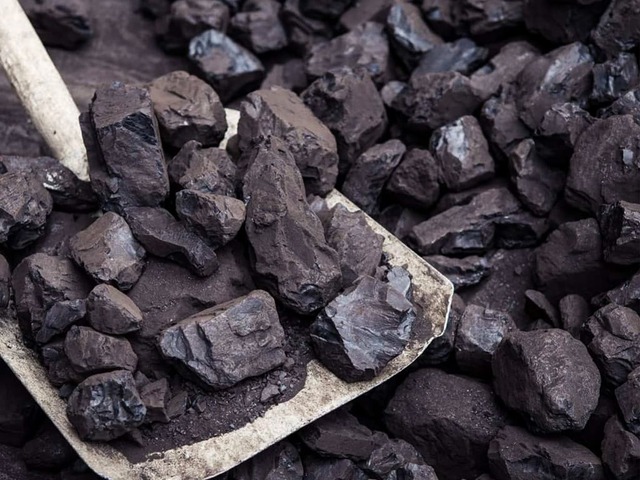Australia shipped more coal to China than Japan in April, the first time this has happened in any month in more than four years, underscoring shifting market dynamics and an improved political relationship with Beijing.
Australia’s exports of all grades of coal to China were 6.87 million metric tons in April, up from 6.83 million in March and the highest since November, according to data compiled by commodity analysts Kpler.
Shipments of coal to Japan from Australia were 6.10 million tons in April, down from 7.93 million in March and the lowest since the 5.97 million recorded in April 2017.
Australia’s coal exports to China have been recovering since February last year when the world’s biggest buyer of the polluting fuel ended an informal ban on imports.
Australia is the world’s biggest shipper of metallurgical coal used to make steel, and the second-biggest exporter of thermal coal, used mainly to generate electricity.
The curb on imports was put in place in mid-2020 amid tensions between Beijing and Canberra over the latter’s call for an international investigation into the origins of the COVID-19 pandemic, which started in the Chinese city of Wuhan.
The ban was never official, unlike some of China’s other actions against Australia, such as punitive tariffs on barley, wine and lobsters, but it still resulted in shipments effectively dropping to zero.
The election of the centre-left Labor Party in May 2022, which ended nine years of rule by the right-wing Liberal-National coalition, led to improving relations between China and Australia.
It’s worth noting that Australia’s top exports to China, namely iron ore and liquefied natural gas, were unaffected by the tensions.
It could also be argued the ban on coal was a failure from a Chinese perspective, as it led to higher prices for all grades of thermal coal in Asia, while Australia was able to find other buyers, mainly India, for its exports.
A further point is that while Australia’s exports to China have been averaging above 6 million tons a month for the past year, they are still below the levels that prevailed prior to the unofficial ban in 2020.
In 2019, Australia’s exports to China averaged 7.84 million tons a month, and in 2018 it was 7.37 million, according to Kpler data.
Exports to China hit a record high of 12.03 million tons in June 2020, just before the ban was imposed.
While Australia’s exports to China have recovered somewhat, the trend for shipments to Japan show a gentle decline due to nuclear reactor restarts and lower LNG prices after the spike caused by Russia’s invasion of Ukraine ended.
For the first four months of the year, Australia’s exports of all grades of coal to Japan have averaged 8.07 million tons, down from an average of 8.79 million in 2023, and 10.54 million in 2022.
INDIA DROPS
It’s also the case that as exports to China have resumed, shipments to India have declined.
Australia sent 2.63 million tons of all grades of coal to India in April, down from 3.49 million in March and the lowest since May 2020.
The bulk of Australia’s exports to India are metallurgical coal, which accounted for 1.52 million tons in April, or about 58% of the total.
Australian thermal coal struggles to be competitive in India as it has to compete against grades from Indonesia, the world’s biggest exporter of this type of coal, as well as from South Africa and more recently Russia, which has been selling fuel at discounted levels after Western countries imposed sanctions in the wake of Moscow’s invasion of Ukraine.
While Australia’s exports to India and Japan have eased, the country’s overall shipments have been largely stable, with increases to China and other Asian countries such as Vietnam offsetting any losses.
Australia’s total coal exports were 28.22 million tons in April, down from 29.58 million in March, but slightly higher than the 28.08 million from April last year.
Source: Hellenic Shipping News





